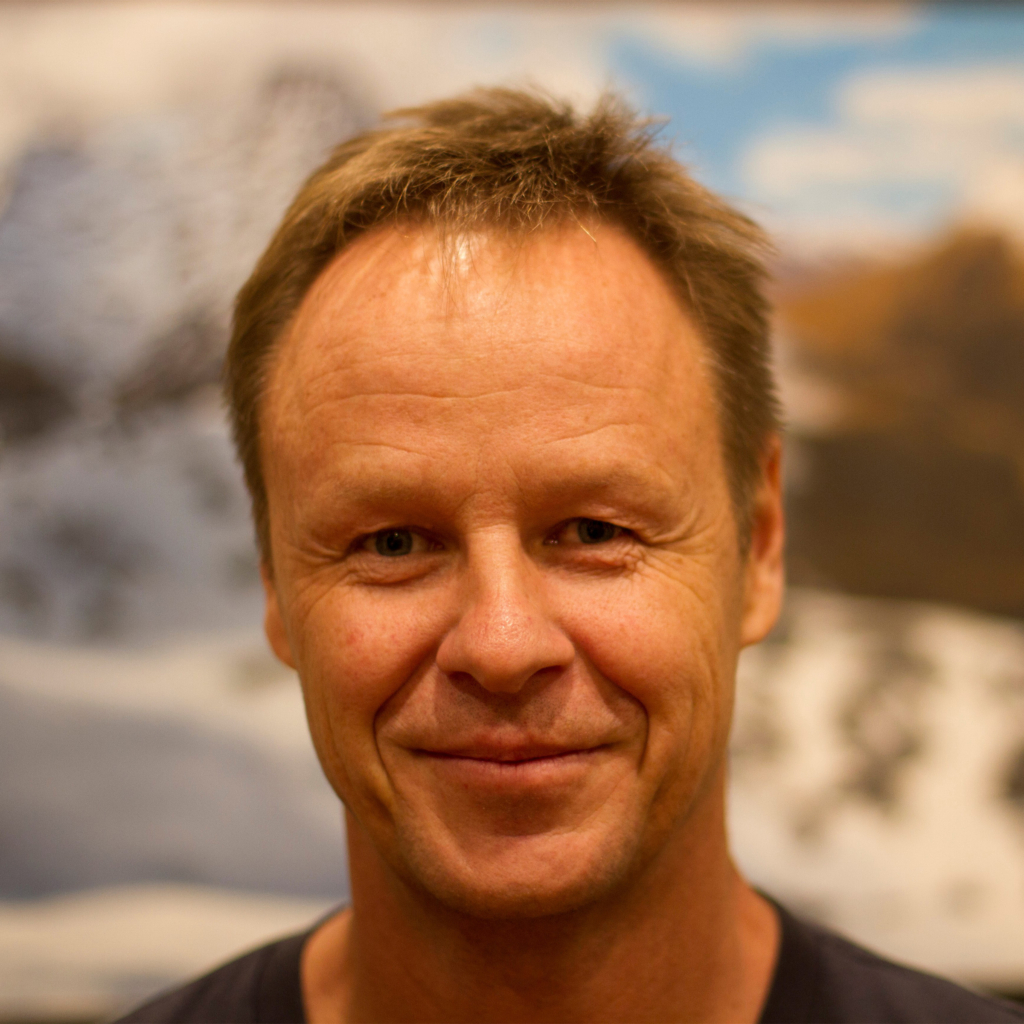
Member Profile: Mark Sagar
1. What do you do, and how long have you been doing it?
Making faces. Since I was a baby :-), then I started doing portraits when I was older, and then eventually started making digital ones. I’ve worked on how they move, how they reflect light, their biomechanics and neural and cognitive models that drive them.
2. What was your first job?
Santa Claus for a shopping mall
3. Where did you complete your formal education?
University of Auckland, with Post Doctoral Fellowship at MIT
4. How did you first get involved with ACM SIGGRAPH?
My first SIGGRAPH paper
5. What is your favourite memory of a SIGGRAPH conference?
My first SIGGRAPH was in 1994 – I delivered a paper on a VR Eye Surgery Simulator and logistically it needed two separate slide projectors, and two video projectors (PAL and NTSC). It was my first big presentation, and I was quite stressed about coordinating everything. After playing the first video, it took me a while to realise but the audience had just spontaneously applauded. I had a huge sense of relief, the stress evaporated and I really enjoyed presenting the rest of the talk. I really enjoyed the most recent one in Denver, as I was invited to do a keynote and it was such a good context to connect with different people I knew from all stages of my career.
6. Describe a project that you would like to share with the ACM SIGGRAPH community.
BabyX is an interactive simulation of an 18-24 month old infant, autonomously animated in real time by a virtual nervous system. It has been developed in collaboration with Cognitive Scientists and Computational Linguists and Developmental Psychologists. BabyX is specially tailored for interaction – and can interact multimodally, direct with user, touchscreen, or shared interaction with webpages etc.
BabyX includes models of Motor systems, Sensory Systems, Behavioural state systems and Cognitive Systems. The cognitive architecture forms a dynamic network of interconnected neural network modules supporting compositional and emergent behaviour.
7. If you could have dinner with one living or non-living person, who would it be and why?
Douglas Hofstadler or Douglas Adams – ideally together – I would love the whimsical mix of philosophy, theories of consciousness and computation, science and art, humanity and humour
8. What is something most people don’t know about you?
I love Kiteboarding – the kineticism, the feeling of connection between the wind and the water. I live near the beach, so I find it hard to concentrate on other things if it’s windy!
9. From which single individual have you learned the most in your life? What did they teach you?
My parents – my mother was a painter and my father was a technologist – so I grew up in a house full of art, whimsical objects, telescopes, oscilloscopes, car parts and disassembled televisions!
My father bought me a BBC Micro Model B, and I started writing games – I tried to simulate arcade games with fancy graphics, and the BBC Micro had a 20K graphics memory and allowed you to write assembler. This was my first practical introduction to computer graphics.
My mother was always drawing and painting, and taught me how to do portraits, which I think was a major factor in my subsequent work on computer generated faces.
10. Is there someone in particular who has influenced your decision to work with ACM SIGGRAPH?
My PhD supervisor Gordon Mallinson. He was the first person to introduce me to SIGGRAPH – he was a professor of mechanical engineering, but had been working on early computational fluid dynamics visualisations and showed me slides of some of the amazing work presented at SIGGRAPH. He then helped me write my first SIGGRAPH paper.
11. What can you point to in your career as your proudest moment?
Being invited to do a Keynote for SIGGRAPH is up there – especially because I was able to present work representing different stages of my career to date, in front of an audience who appreciate the technical and artistic challenges involved.